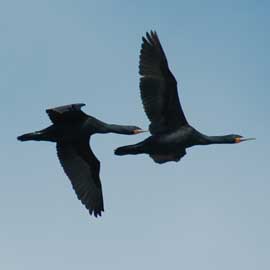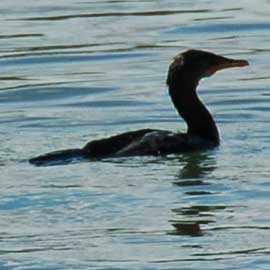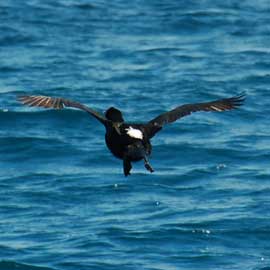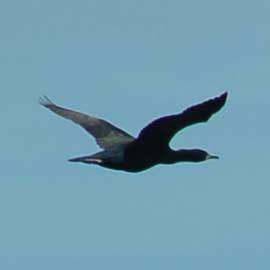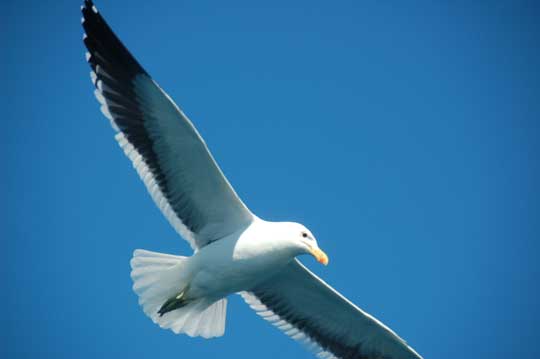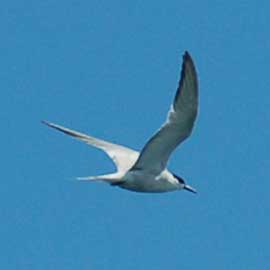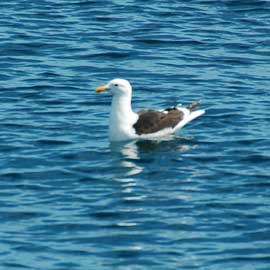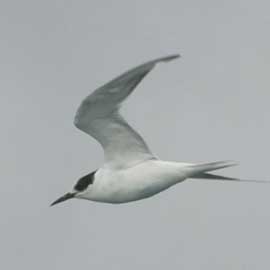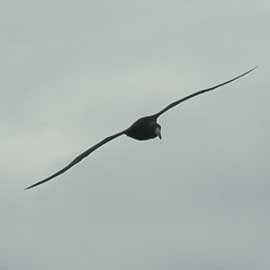South Africa 2009 2/3
We've split the South Africa pages into 3 for this trip. As usual we were helped by Bon Voyage to put the trip together (Thanks Dee).
Please click below to go to the relevant pages:
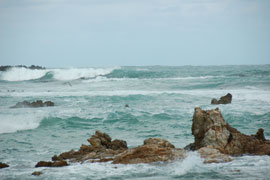
We arrived in Hermanus with the plan to go whale watching every morning but the first day the weather had other ideas! The sea was rough, the wind strong and the showers unfriendly. It started to pick up late morning so we were hopeful for the second day.
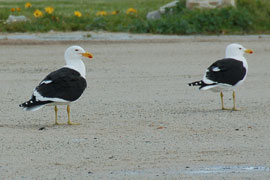
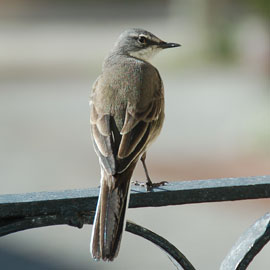
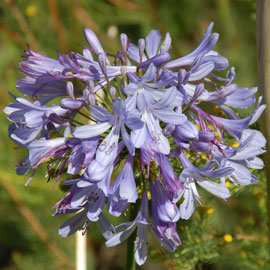
Agapanthus
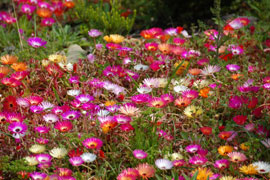
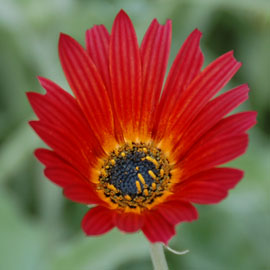
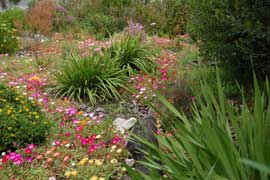
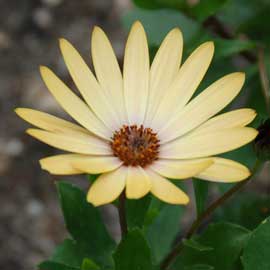
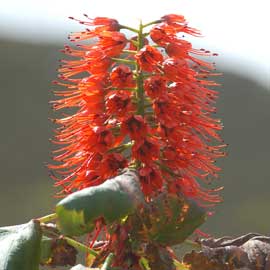
Natal Bottlebrush
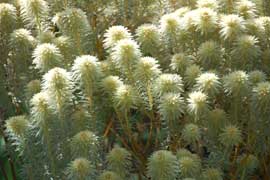
Phylica Pubescens
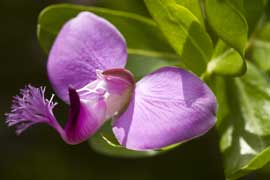
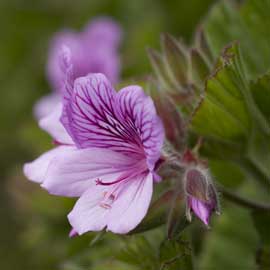
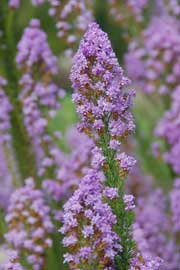
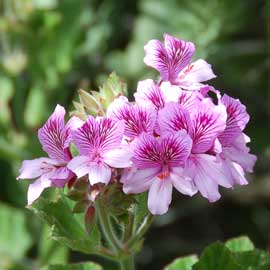
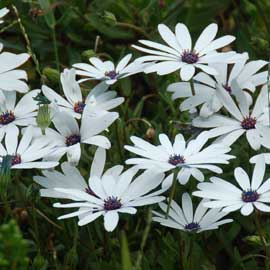
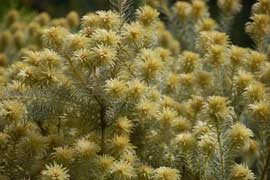
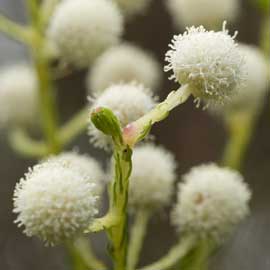
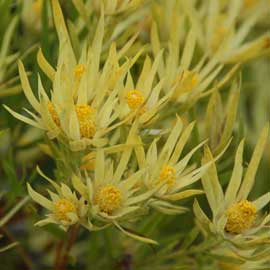
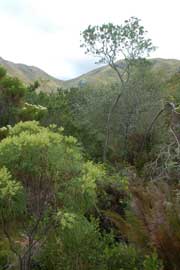
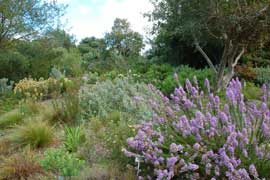
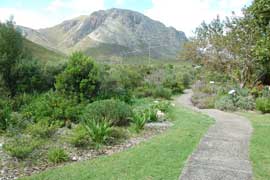
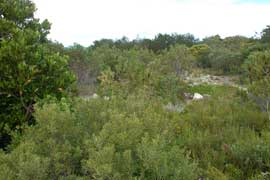
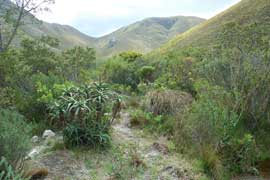
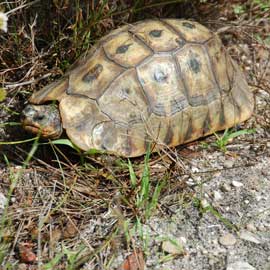
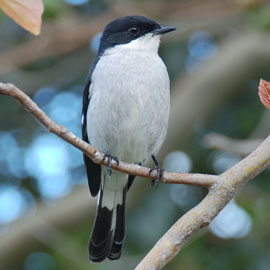
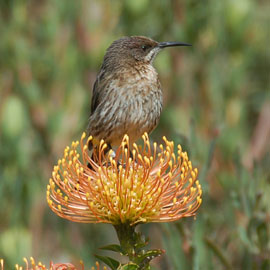
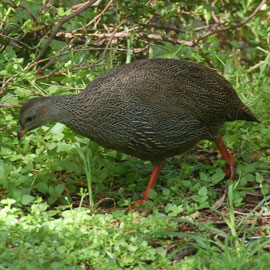
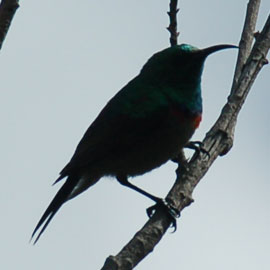
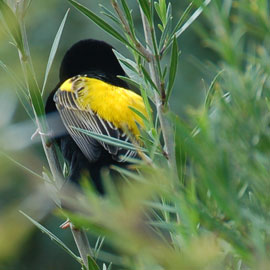
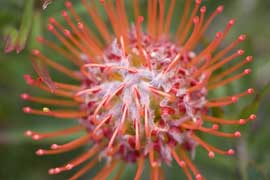
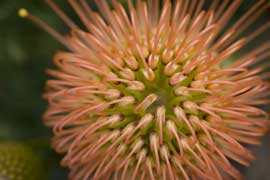
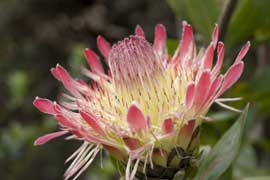
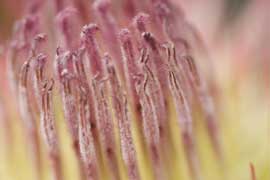
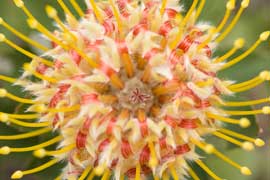
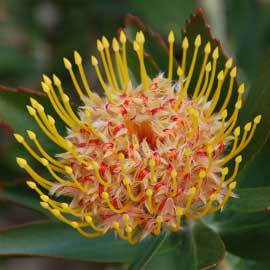
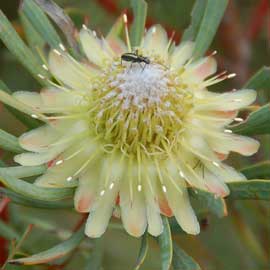
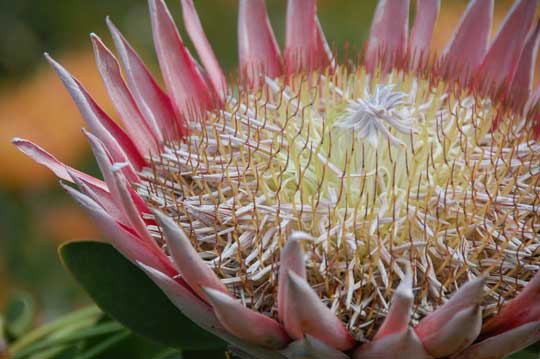

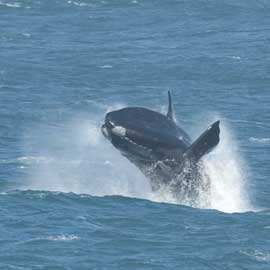

Before we get to the marine life photos, I'd like to mention (and recommend) Thyme at Rosemary's Restaurant - a lovely cafe / restaurant in Gansbaai (between our hotel and Dyer Island). We'd noticed it last time and not called in but this time we did. What a find! There is a lovely garden at the back where they grow veg, herbs and flowers. There's plenty of seating inside and out and even a cat or two to stroke. Mon Tresor is a little friendly, black dog that comes to say hello (his white friend is called Mon Ami). Most importantly of all, the food is delicious. The freshly baked scones and home made strawberry jam are yummy and well worth calling in for, not to mention the cheesecake and milk shakes. It's on the high street so you can't miss it if you're driving through.
Other eating places to recommend are Fabio's, Marimba Rhythm and The Fisherman's Cottage, all in Hermanus itself. Fabio's (as the name suggests) is Italian, Marimba is "Eclectic African" and Fisherman's Cottage is an owner-chef who cooks delicious food. The waiter recommended Gemsbok Loin the night we were there - most delicious it was too.
On to the whale watching ...
The first of our 6 trips was confirmed and off we went armed with waterproof gear and cameras. First stop, Dyer Island, then Shark Alley and then home.
As before, we went out with Dyer Island Cruises. They are conservationists first (see their Penguin Trust) and a tour company second. The team are all really knowledgeable about marine life and look after you really well on the boat.
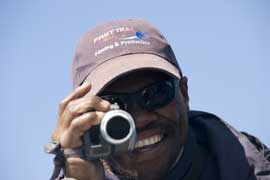
Each trip is filmed so in addition to either Wilfred (boss) or Alfred (skip) and the team of spotters, advisors etc there is also a rep from Fasttrax on board.
Here's some of the team.
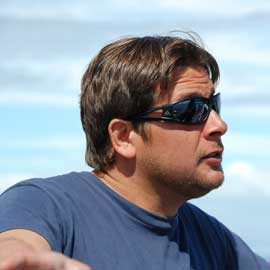
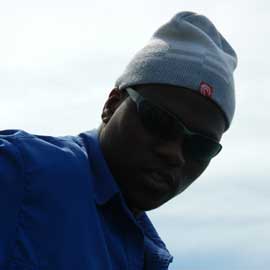
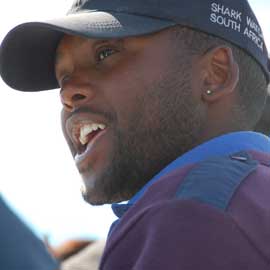

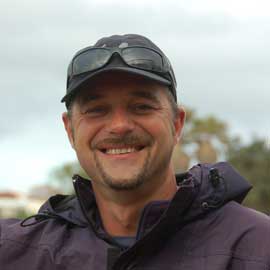
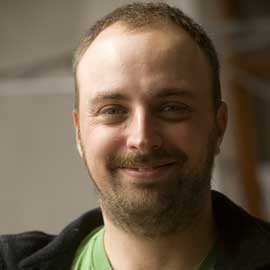
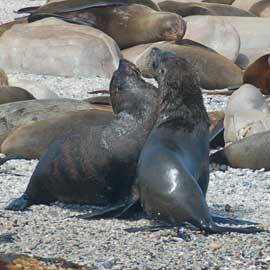
As we had 6 trips, I've mingled the photos by animal type rather than by day / trip.
The Cape Fur Seals (there were thousands of them) were in very playful mood, lots of splashing around in the water, messing about on the island etc.
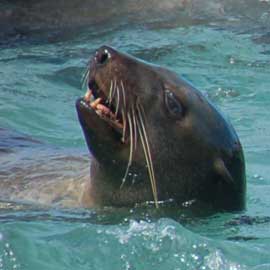
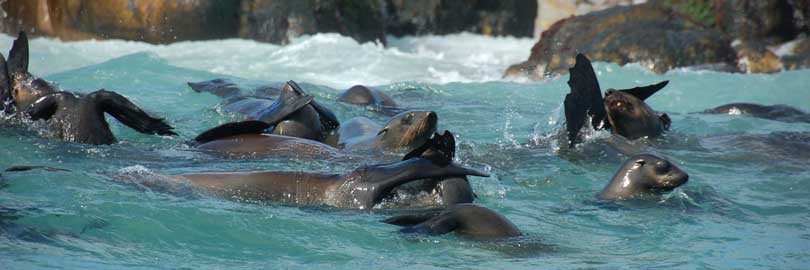
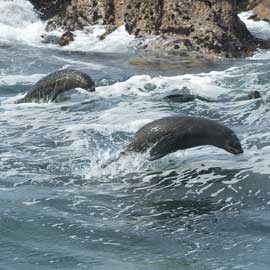
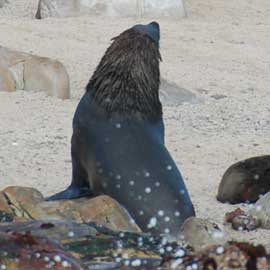
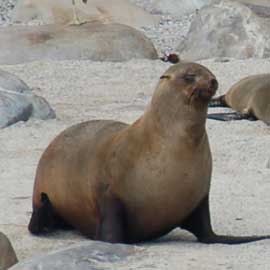
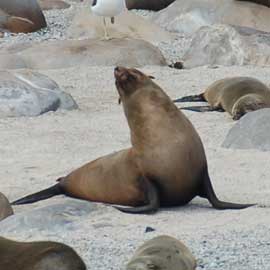
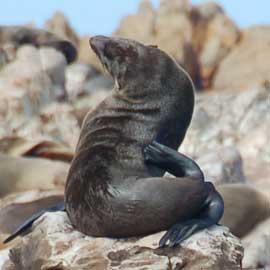
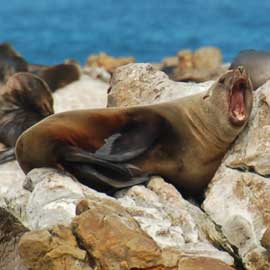
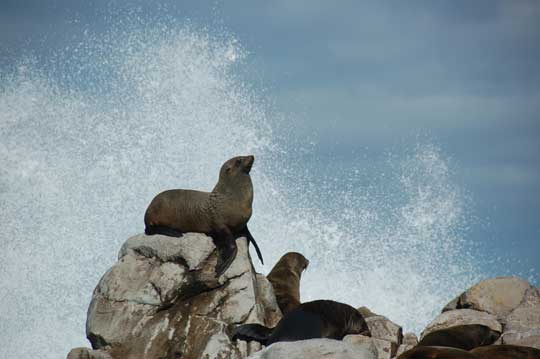
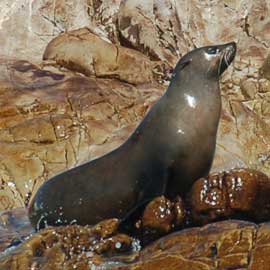
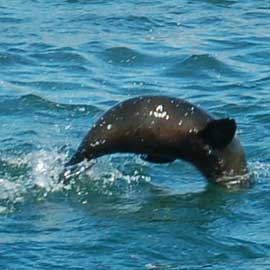
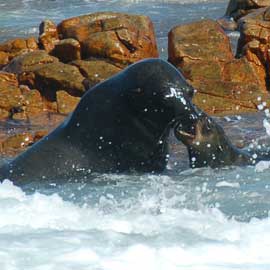

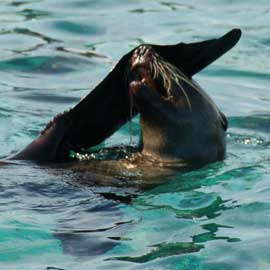
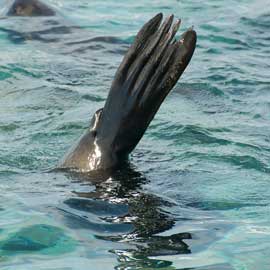
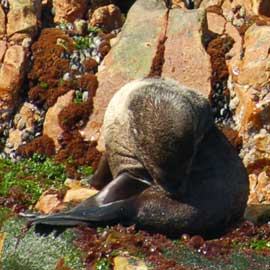
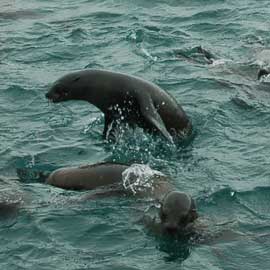


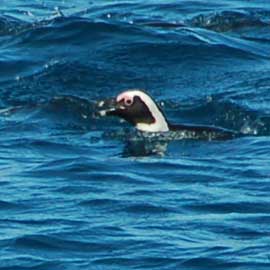
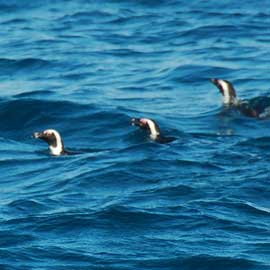

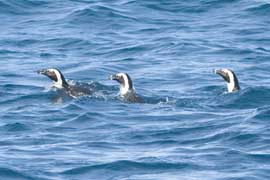
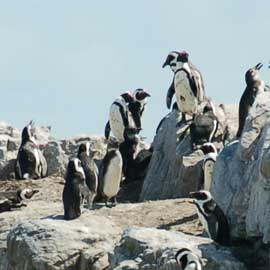
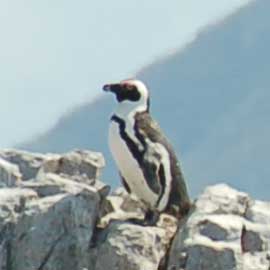
There are also Great White Sharks in the area (hence the name Shark Alley). They like to eat the seals (clearly they like smelly food!) We got to see them as the shark dive boats lure them in to terrify their divers. I'm still not convinced that it's sensible to wind up sharks!
The photo below right is a small fraction of a shoal of mullet swimming around near the sharks.
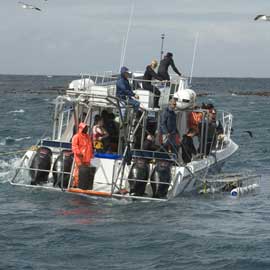
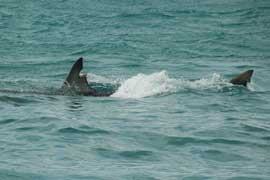
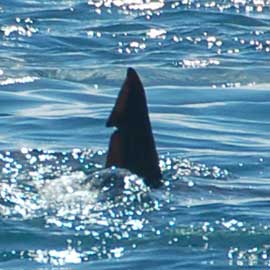
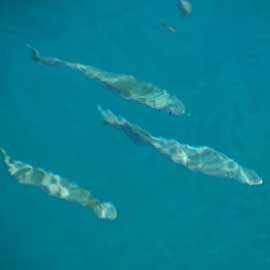


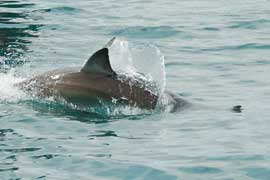


The Southern Right Whales are what we come to see (although the other animals are a great bonus). They visit this part of South Africa every year between July and December so September is a good time to come and see them. They come to breed, calve and socialise.
The callouses (callocities) on their heads are with them from birth and are used to identify them - bit like our fingerprints. As they get older, the callouses grow larger.
You can see from the photos that we had a lot of different weather conditions - some lovely sunny, calm days and some cloudy and a bit rougher. Calm days might be better for being on the boat but the whales were far more active on the rougher days.
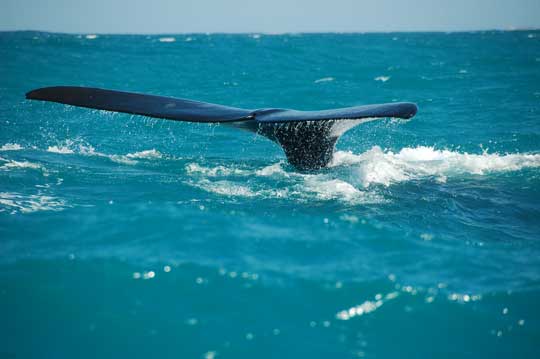
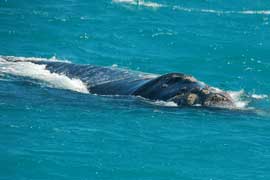
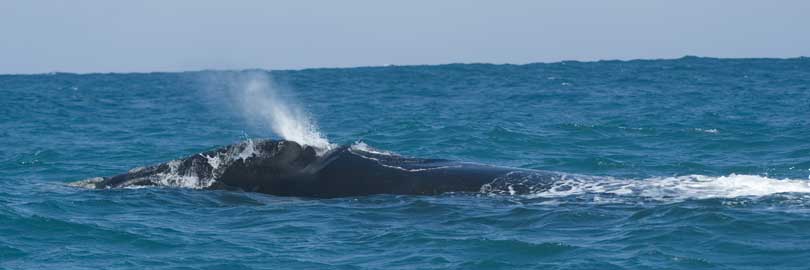
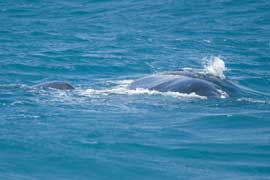
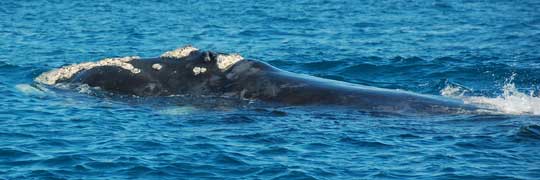
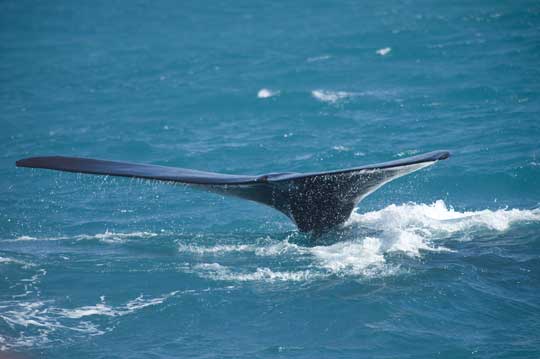


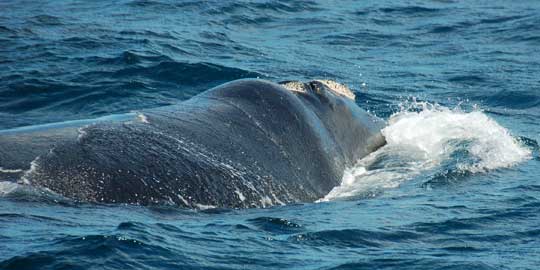
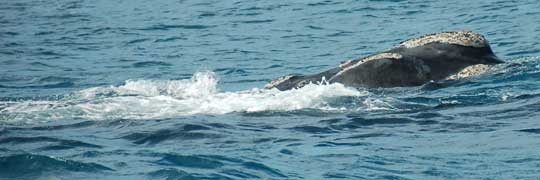
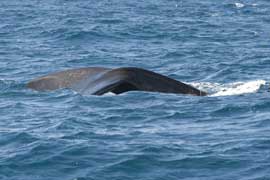
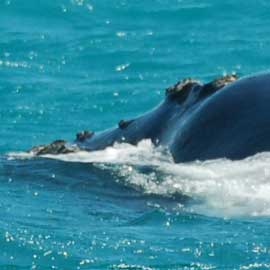
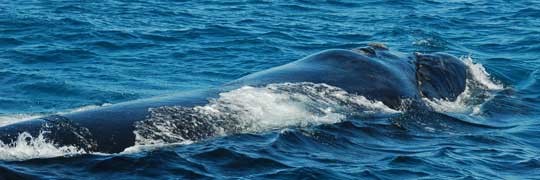
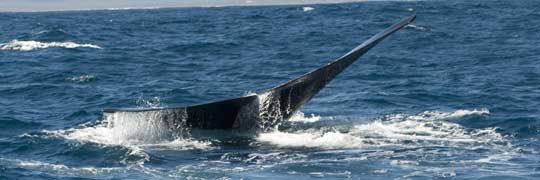
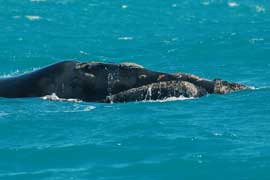

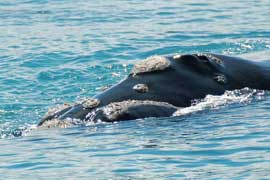
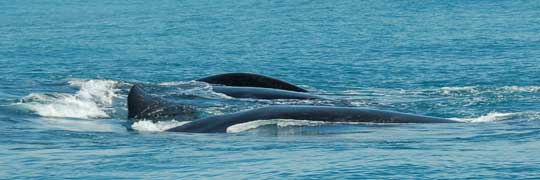
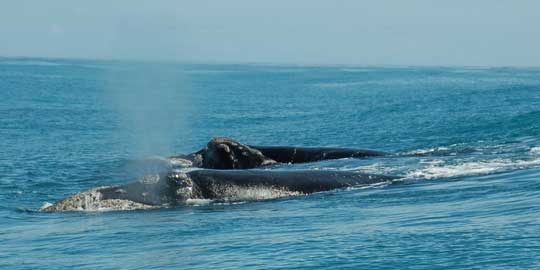
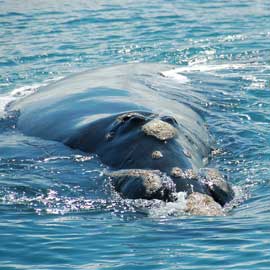
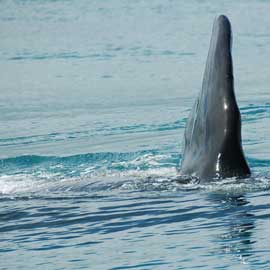
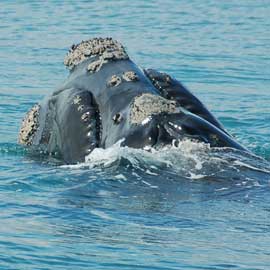
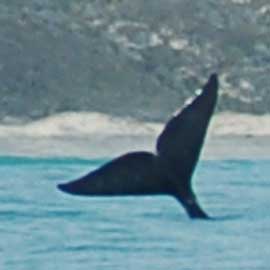
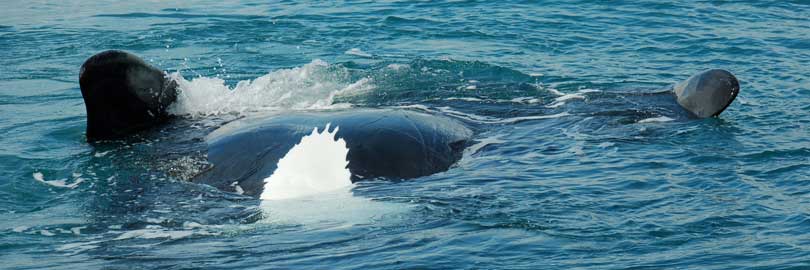
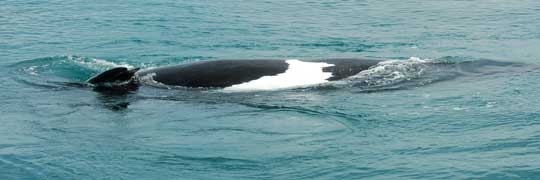





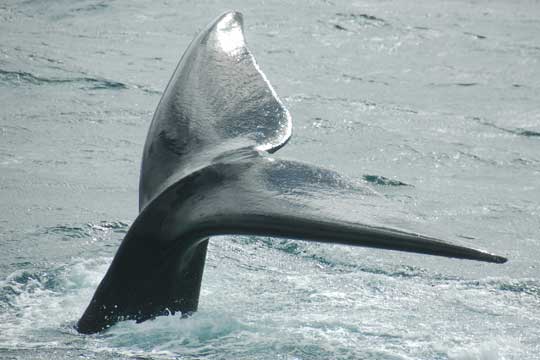

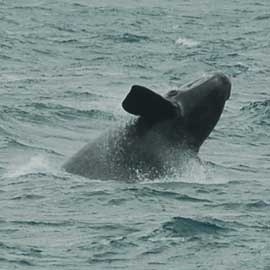
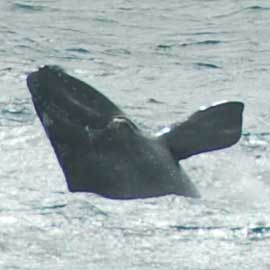
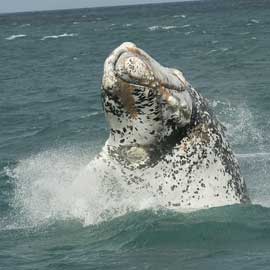
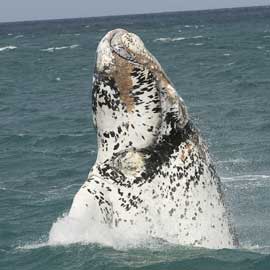
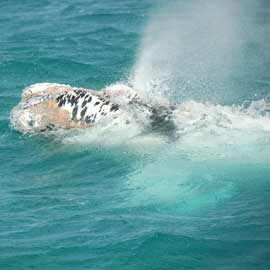
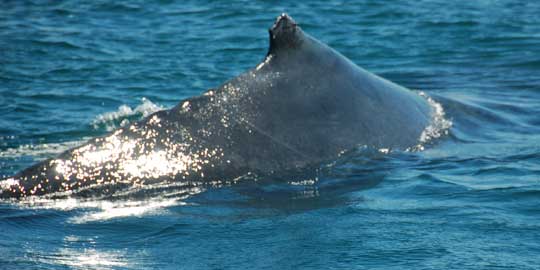
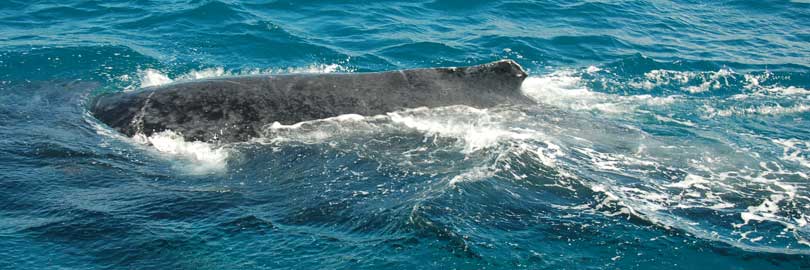
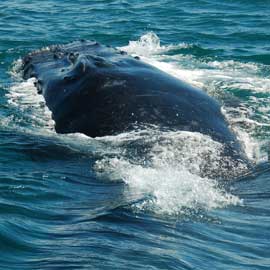
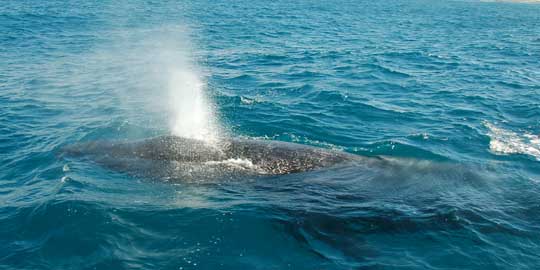
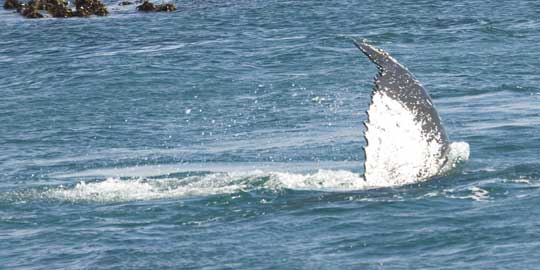
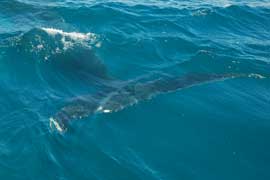
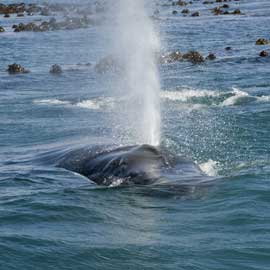
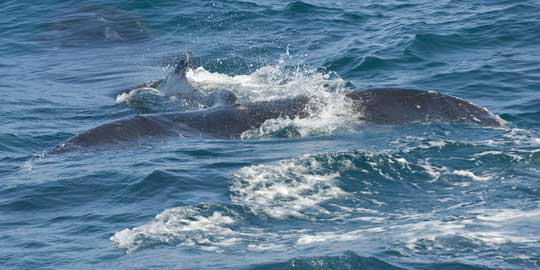
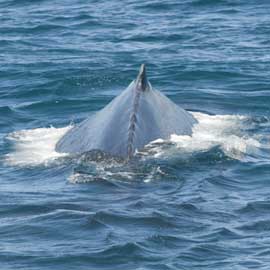
There was quite a lot of bird life (other than the Penguins) around Dyer Island as well. They have a seagull problem in that the gulls steal the penguin eggs and decimate the population of this threatened species. Seems seagulls are a problem wherever you go.
There were a lot of Cape Cormorants. The bird on the right is a more rare Bank Cormorant - identified by the white spot on his back.
Along with gulls and cormorants, there were a few terns and even a petrel or two on the last day.
